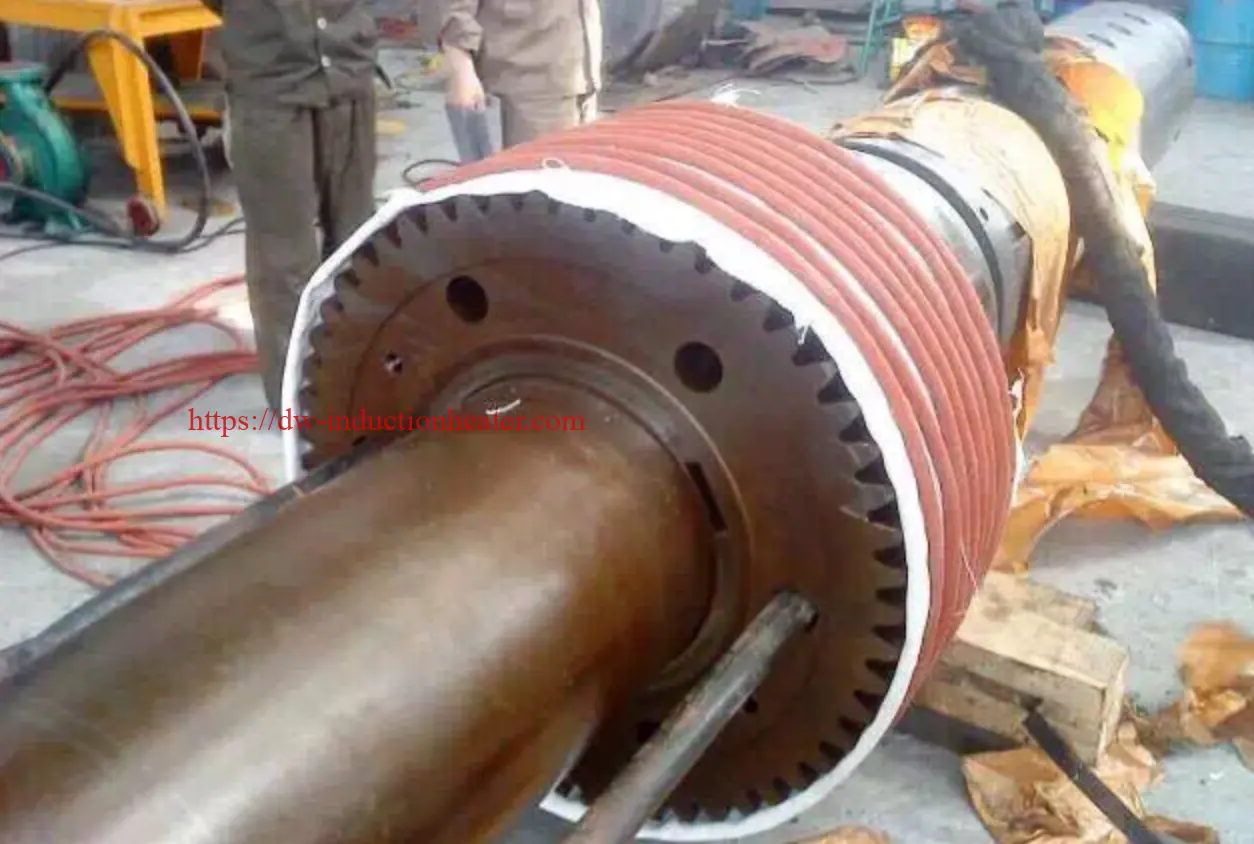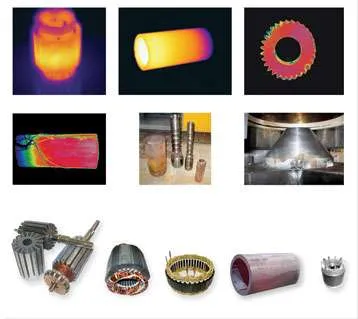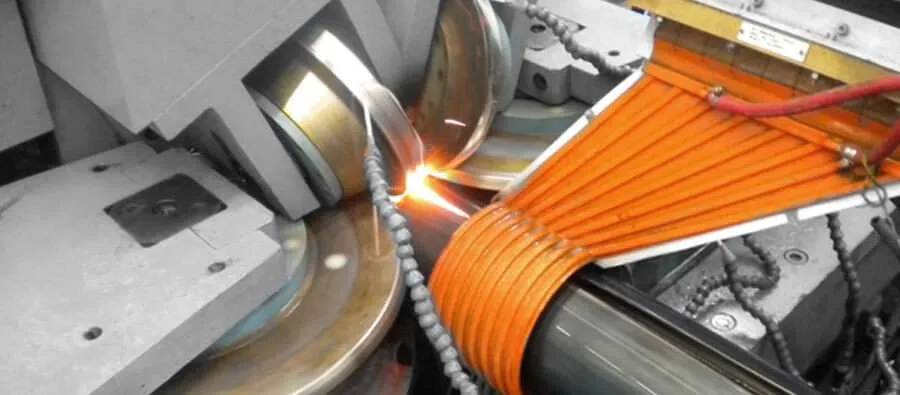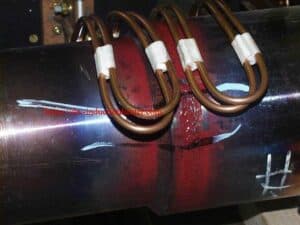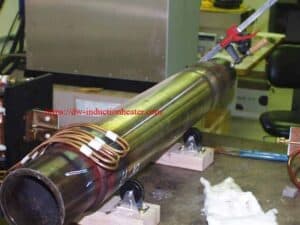What is induction welding?
With induction welding the heat is electromagnetically induced in the workpiece. The speed and accuracy
of induction welding make it ideal for edge welding of tubes and pipes. In this process, pipes pass an induction coil at high speed. As they do so, their edges are heated then squeezed together to form a longitudinal weld seam. Induction welding is particularly suitable for high-volume production. Induction welders can also be fitted with contact heads, turning them into
dual purpose welding systems.
What are the benefits?
Automated induction longitudinal welding is a reliable, high-throughput process. The low power consumption and high efficiency of DAWEI Induction welding systems reduce costs. Their controllability and repeatability minimize scrap. Our systems are also flexible—automatic load matching ensures full output power across a wide range of tube sizes. And their small footprints make them easy to integrate or retrofit into production lines.
Where is it used?
Induction welding is used in the tube and pipe industry for the longitudinal welding of stainless steel (magnetic and non-magnetic), aluminum, low-carbon and highstrength low-alloy (HSLA) steels and many other conductive
materials.

Induction Heating Assembly of Large Gears onto Shafts in Heavy Machinery Using Induction Assembly Heater
The assembly of large gears onto shafts is a crucial process in the manufacturing of heavy machinery. This operation demands precision, speed, and reliability to ensure the proper functioning and longevity of the machinery. Traditional methods, such as press fitting or heating with gas flames, were often time-consuming and inconsistent in temperature control. The adoption … Read more

